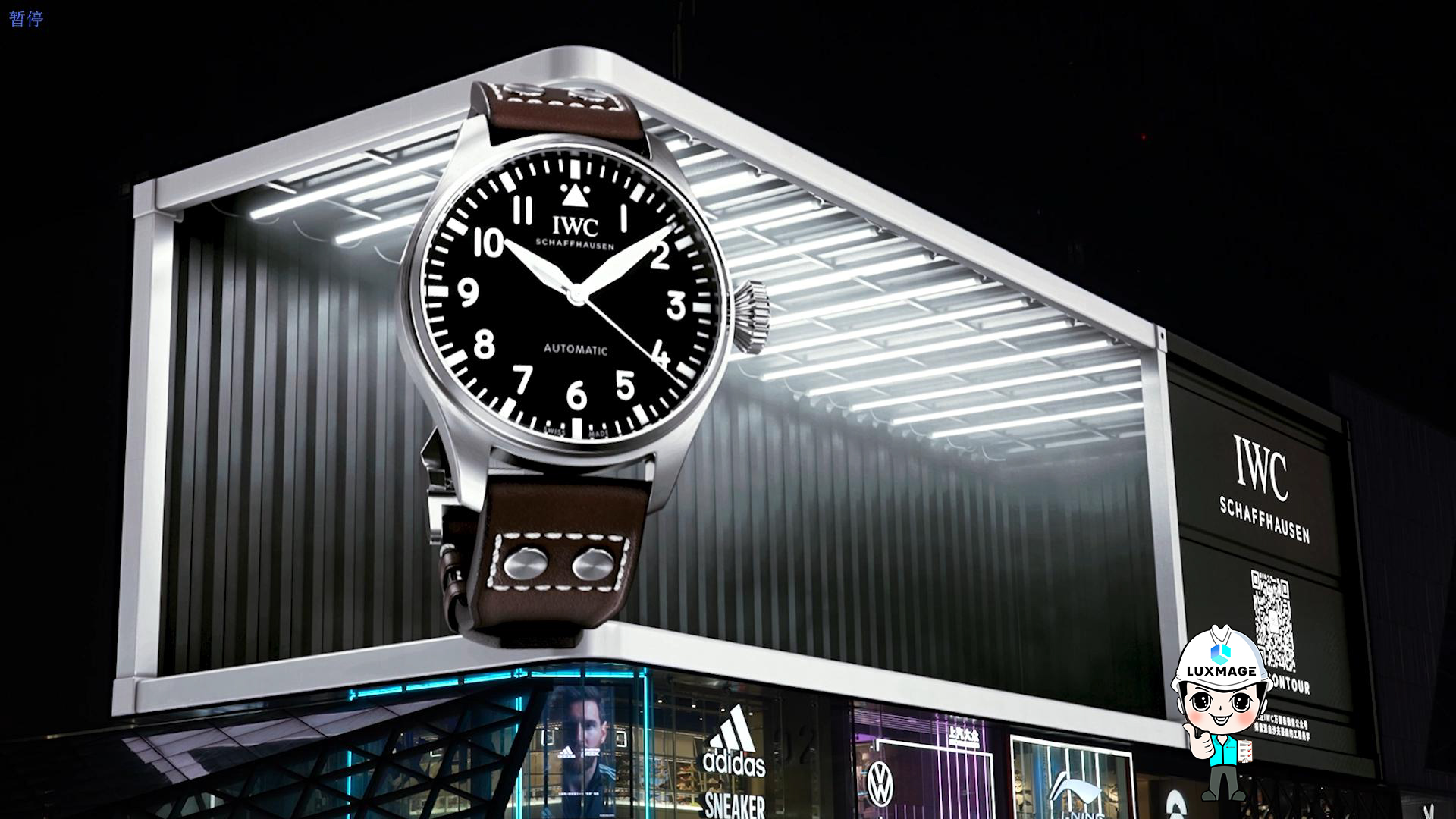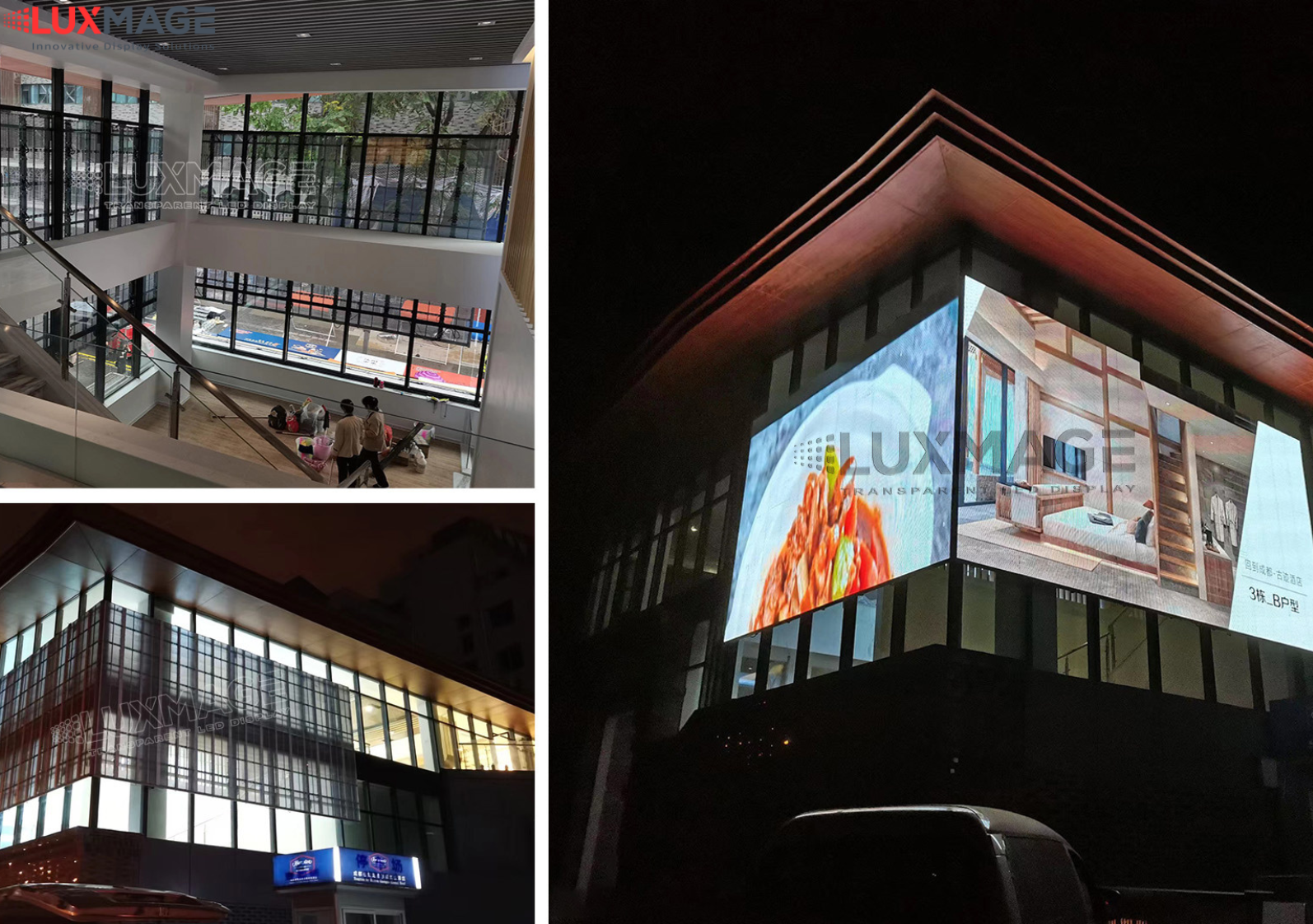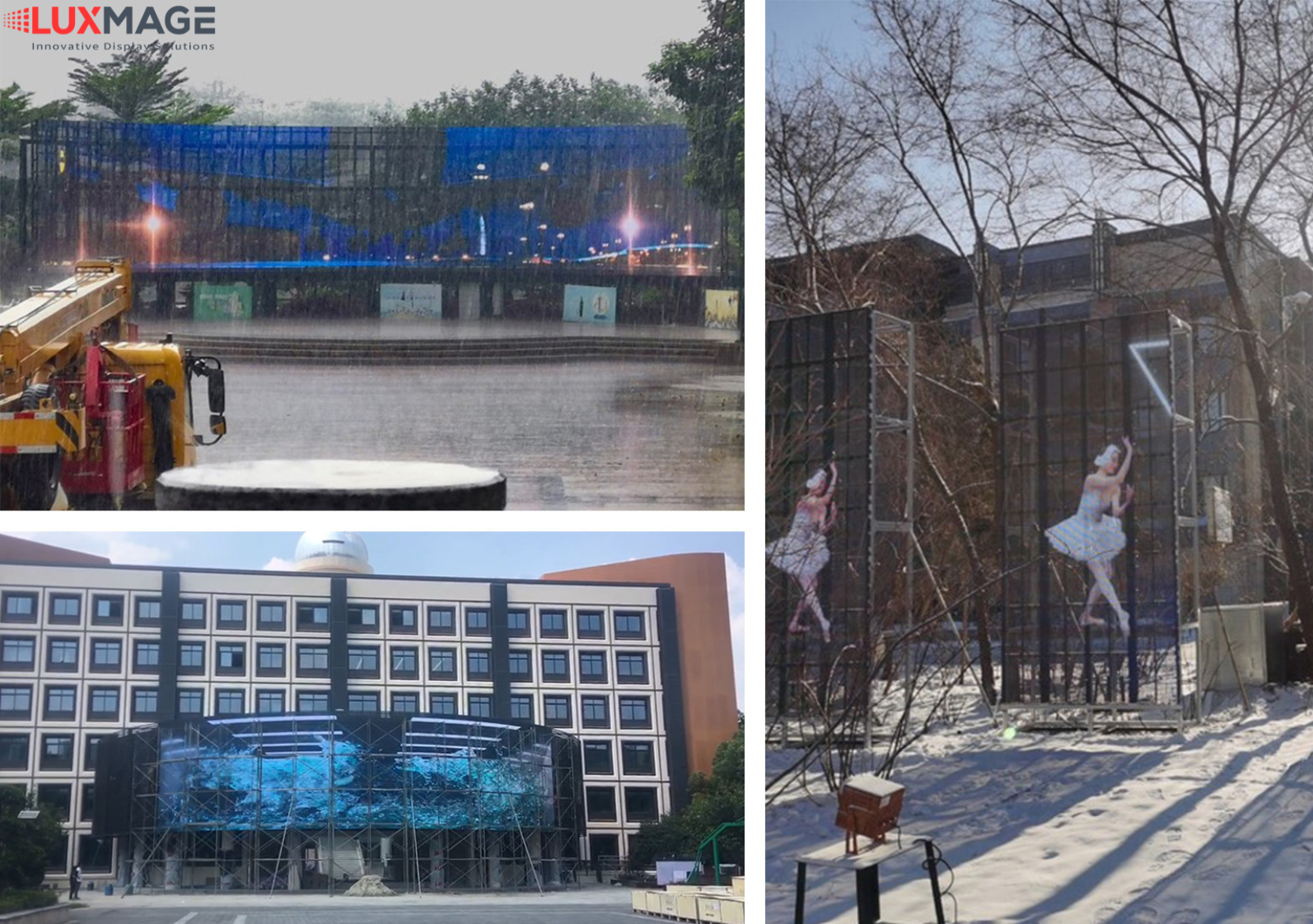Outdoor LED screens are becoming an increasingly important part of advertising campaigns, events and presentations. With the continuous development of technology, new trends are constantly emerging, providing users with better experiences and more effective ways to convey messages. In this article, Luxmage will explore with you eight major trends that are shaping the future of outdoor LED screens .

One of the most prominent trends in the outdoor LED display industry is the increasing resolution. This allows for sharper and clearer images to be displayed, creating a great visual experience for the audience.
Small pixel technology has come a long way in recent years. Displays with smaller pixels increase pixel density, resulting in sharper images. This is essential in outdoor environments where natural light can degrade image quality.
See also: Tips for successfully installing an outdoor LED screen
With high resolution, interactive content is more possible than ever. Sports events, concerts or conferences can use LED screens to broadcast live, provide instant information and create a powerful connection with the audience.
.png)
The demand for high-resolution LED displays is increasing significantly. Advertisers are realizing that to attract customers’ attention, they need to invest in modern technology. Upgrading LED displays not only improves performance but also creates long-term brand value.
The development of 3D technology has also had a great impact on outdoor LED screens . These screens are not simply flat, but also bring impressive three-dimensional effects.
3D LED screen is a breakthrough in projection technology, combining 3D animated video content and a special LED screen structure to create an extremely impressive three-dimensional visual effect without the need for 3D glasses. With the current popular design is the L-shaped LED screen, consisting of two sides joined together at a 90-degree angle. When combined with 3D graphic effects precisely calculated according to the viewing angle, the displayed image seems to "step out" of the screen, creating a powerful visual illusion and attracting viewers.
See also: What are the main 3D technologies for 3D LED displays?
Previously, outdoor LED screens often used flat modules joined at the corners, causing a black line to appear at the intersection of the two sides, interrupting the display effect. However, with current technology, specially designed LED cabinets have allowed the creation of a seamless display surface at a 90-degree angle, without dividing lines or losing pixels, thereby bringing a more vivid and realistic 3D image experience than ever before.

3D LED screen models are used by many shopping malls and outdoor advertising areas to attract attention and create an impression for the brand.
Normally, outdoor LED screens need a large installation space behind for maintenance, so they are often considered bulky and take up a lot of space. However, for projects that require a slim design or limited installation space, the optimal solution is an outdoor LED screen that supports maintenance from the front.
With advanced design technology, components such as LED modules, power supplies, and control cards can be easily removed and replaced from the front with simple tools. This not only saves space but also shortens maintenance time, increases operational efficiency and construction flexibility.
Thanks to the optimized design, the total thickness of the LED screen that can be fully accessed from the front ranges from only 200–300mm, compared to 750–900mm for LED screens that require rear maintenance. This is an ideal choice for projects that require high aesthetics, installation close to the wall or in limited spaces such as building facades, advertising columns, or crowded urban areas.

In traditional designs, outdoor LED screens are often made from steel plates due to their ease of processing and reasonable cost. However, the biggest disadvantage of steel is its heavy weight, which makes it difficult to use in applications that require lightness such as hanging installations, beam mounting or locations that require reduced load.
With such heavy structures, the support frame system also needs to be thicker and stronger, thereby increasing the total weight and cost of the structure. To overcome this limitation, the new trend in the outdoor LED industry is moving to the use of lighter materials such as aluminum alloy, magnesium alloy, or even carbon fiber.
.png)
Among these options, aluminum alloy is considered the best balance between performance and cost. Aluminum not only significantly reduces weight compared to steel, but also costs much less than magnesium alloy or high-end materials such as carbon fiber. As a result, outdoor LED screens using aluminum alloy are becoming increasingly popular in projects that need to optimize load while ensuring durability and aesthetics.
The use of aluminum alloy in the design of outdoor LED screens not only reduces weight but also provides superior heat dissipation compared to traditional materials such as steel. Thanks to the good thermal conductivity of aluminum, the system can operate effectively without the need for a cooling fan. The fanless design completely eliminates the only mechanical part in the system, which is a common cause of noise, power consumption and easy damage over time. This means reduced maintenance costs, increased stability and extended screen life.
(1)(5).png)
Outdoor LED screens do not use cooling fans, which is especially suitable for quiet spaces such as residential areas, hospitals, shopping malls, exhibitions or places aiming for green, environmentally friendly building standards. This is also an ideal solution for businesses looking for a display system that is both modern, energy-saving and operates smoothly for a long time.
Traditional outdoor LED displays are not uniform in their dust and water protection – the front panel is IP65, while the rear panel is only around IP43. This is mainly due to the active ventilation design, which requires vents and cooling fans to regulate the internal temperature. However, these vents create conditions for dust to accumulate, affecting the lifespan and performance of the device.
To overcome this, some manufacturers have used aluminum housings with integrated air conditioning systems. While this helps to limit dust and heat, it comes with high operating costs, increased energy consumption, and requires regular maintenance for both the fan and the air conditioner – not to mention the carbon emissions.

With an all-aluminum LED module design, it offers IP66 water and dust resistance for both the front and back – completely eliminating the need for fans or mechanical parts. Components such as the switching power supply and control card are also integrated in a separate aluminum compartment with effective heat dissipation, helping the system operate stably even in harsh outdoor environments such as heavy rain, heat or dust.
Thanks to this, modern outdoor LED screens are not only more durable but also energy-saving, reduce maintenance, and are suitable for projects that require continuous operation in unstable weather conditions.
After many years of development in the display field, the LED industry has witnessed the birth of a new control technology – Common Cathode – which saves up to 50% of energy compared to the traditional Common Anode control method.
Unlike powering all pixels at once, common cathode technology powers each Red, Green, and Blue diode separately, optimizing energy efficiency. This is an especially useful innovation for outdoor LED displays, which require high brightness to be clearly visible even in bright sunlight.
See more: 8 factors affecting the cost of using outdoor LED screens
Advanced displays like the Big Outdoor S now incorporate common cathode technology, which significantly reduces power consumption. The result is optimized monthly operating costs, while also generating less heat, reducing the need for cooling system maintenance, improving the overall durability of the device.
The adoption of common cathode control not only improves business ROI, but also delivers sustainable, long-term performance – especially ideal for outdoor advertisers looking for a powerful yet cost-effective display solution.
When deciding to invest in outdoor LED screens , choosing a reputable and professional construction unit is extremely important. Luxmage stands out as one of the top choices for businesses.
Luxmage has a team of engineers and experts with rich experience in the field of LED screens. They understand every aspect of technology and are capable of providing the most optimal solutions for all customer needs.
See more: Installing outdoor advertising LED screens | Fast, cheap
Luxmage offers a wide range of LED display products to suit different needs and budgets. From advertising LED displays to outdoor transparent LED displays, customers will find the solution that best suits them.
Luxmage not only focuses on construction but also takes good care of customers after sales. The support team is ready to advise and help customers throughout the product usage process.
In short, outdoor LED screens are witnessing strong growth with many prominent trends. From higher resolution, lightweight design, to superior weather resistance, all represent a bright future for this industry. In particular, choosing the right construction unit like Luxmage will help businesses optimize costs and efficiency.
If you need more detailed advice on prices and outdoor LED screen installation solutions, contact us now to receive a quote that best suits your needs!
Consider carefully before deciding which type of monitor is right for your needs.
Contact us at:
LUXMAGE - Vi Luc Technology Company Limited
Address: 63 Lo Lu, Truong Thanh, Thu Duc, HCMC
Hotline: 0988.895.066 - 093.333.5066
Email: sale@luxmage.com
Hot news
Posted by: Admin - Date: 09-04-2025
Last Page: LED display for shelves and stalls | Technology "touch points", enhancing the shopping experience
Next Page: Digital LED Displays for Counters | Which is Right for You?
- Auditorium LED Display | Modern Visual Solution for Large-Scale Conference Spaces
- IMMERSIVE Showroom System | Advanced Visual Display Solutions for Enterprises & Real Estate
